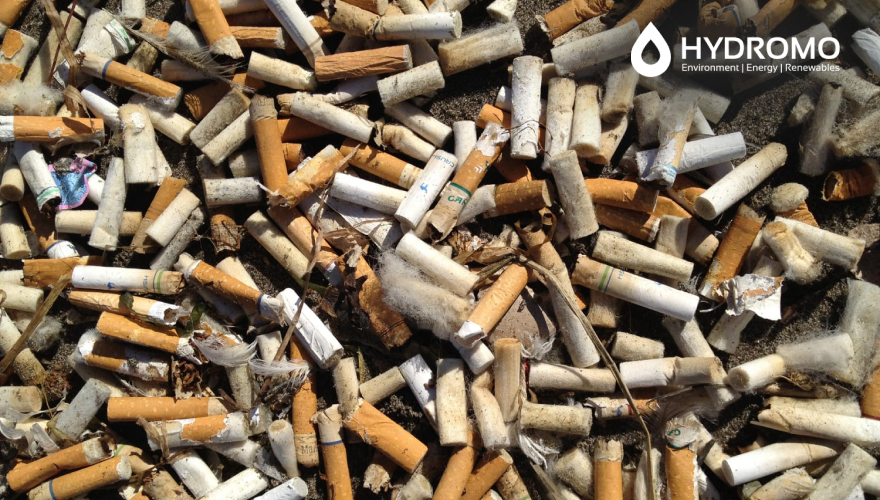
Go down any street, park, or beach, and you will hardly be able to avoid cigarette butts. Flattened underfoot, swept into drains, or carried into rivers and oceans, these tiny filters are far from harmless. Indeed, the most widespread type of litter in the world is caused by cigarette butts, with disastrous effects on the environment, economy, and human health with cigarette butt pollution.
The Scale of the Problem
The annual production is approximately 6 trillion cigarettes worldwide. Remarkably, the number of 4.5-5 trillion butts littered away is astounding, with almost 40% of the worldwide pickup of this litter. Cigarette filters are composed of cellulose acetate, a form of plastic that takes up to 10 years to decompose and breaks down into microplastics, which continue to exist in the environment.
Toxic Chemical Leaching
The cigarette butts are not only ugly, but they are also poisonous. Some of the harmful substances that are retained by filters include nicotine, arsenic, lead, cadmium, and carcinogens, among others. These chemicals are washed off by rainfall and runoff into waterways, and only one butt can hold up to 1,000 litres of water.
The leachates are lethal to aquatic organisms and affect the growth, reproduction, and survival of fish. Nicotine is very soluble in water and is very toxic in low doses. Cases of nicotine levels in waterways have been reported to shoot way above the safe levels for freshwater organisms after a rainfall.
Microplastics and Ecological Damages.
Butts also interfere with ecology. Cigarette toxins may indirectly cause toxic algal blooms by disrupting the natural regulation of toxic cyanobacteria, which decreases biodiversity and the tolerance of the ecosystem.
In the long run, filters break down into microplastics, which penetrate sediments and aquatic food chains. The marine animals ingest these particles and accumulate them up the chain and could eventually reach the human diet in the form of seafood. The urban research proves the close connection between cigarette butt density and the concentration of microplastics in water samples.
Water Quality Degradation
The leachates of cigarettes in themselves undermine the quality of water. The contaminated water bodies in and around high litter areas tend to have high concentrations of heavy metals and nicotine that are beyond the acceptable range of emissions by aquatic life, as well as human health. Higher TDS in drinking and recreational water sources is further aggravated by increased butt leachates, which cause long-term consequences to human health.
Economic Costs
The environmental damage has a heavy financial toll. Cleanup and waste management costs exceed $26 billion annually worldwide, with marine ecosystem damage alone accounting for $20.7 billion. Over a decade, the global cost of cigarette butt pollution could soar to $186 billion, resources that could otherwise fund healthcare, education, or sustainable infrastructure.
Urban Hotspots
The greatest burden falls on cities. In Mashhad, Iran, the Cigarette Butt Pollution Index (CBPI) was 8.89 on average, with a commercial area of 28 having the highest pollution levels, which are high and intense. Weather conditions such as rainfall and humidity increase the degree of leaching, making toxins more extensive in soils and groundwater.
A Preventable Crisis
Single-use plastics can be discussed as a significant source of plastic and chemical pollution, but cigarette butts are placed much lower on the agenda compared to other types of single-use plastics. The way out is closed: better waste disposal, education of the populace, more stringent measures against the tobacco business, and change of habits of the consumers.
Conclusion
Every discarded cigarette butt has a long life span, and in the years it has been discarded, it has leaked toxins, compromised biodiversity, degraded water, and posed hazards to human health. This neglected crisis is not only an environmental issue but also a health concern for the people. It is possible not only to have cleaner waters and healthier ecosystems and safer communities, but also to act now and make that possible.
